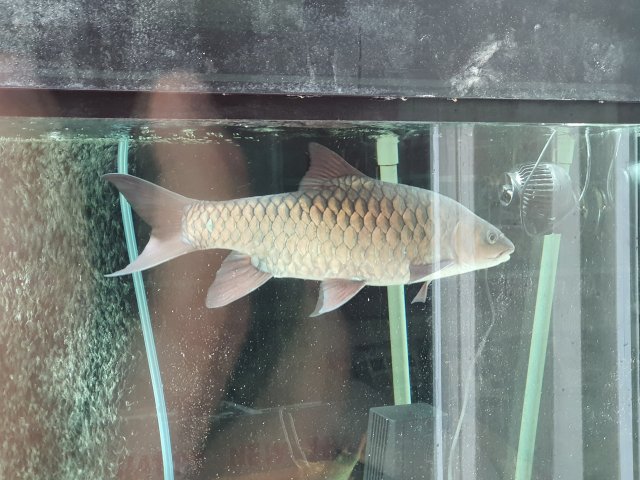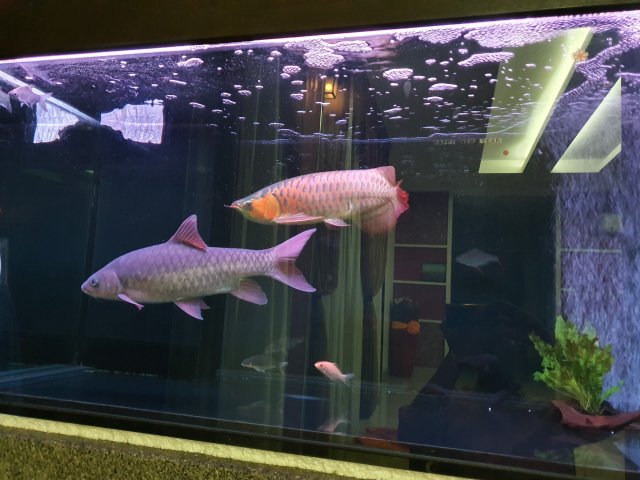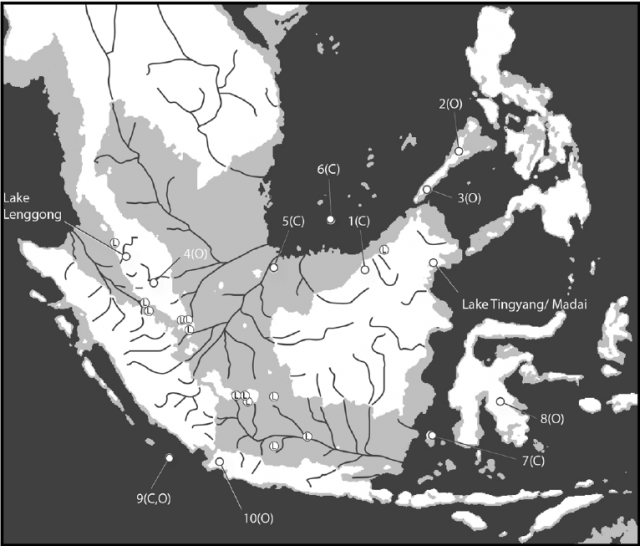Mahseer, Tor, and Neolissochilus at Fish Story
- Thread starter thebiggerthebetter
- Start date
You are using an out of date browser. It may not display this or other websites correctly.
You should upgrade or use an alternative browser.
You should upgrade or use an alternative browser.
From: https://www.monsterfishkeepers.com/...19-stock-list-going-fast.717558/#post-8101826
Post #1, mid-post:
***(true ones) many fakes Tor tambra "the true Malaysian red masheer" 10" wild hand caught specimens. This is the most expensive fish from the country. This is 1000 times rarer than the Asian arowana, their scales will have the potential to turn the same color, with shades of red and blue. The fun part is how you raise them. The reddest ones come from area where they eat wild figs and flowers. $600-1000 each. Individual experiences with final outcome of the product will vary, they're easy to keep and feed. I will keep a group myself, and if anyone accepts the challenge to see who can grow the reddest ones with me, the game is on!
The key for color red, astaxanthin. Get it in quality dry feed, or add yourself to frozen/fresh or gel food. If that doesn't produce red in a fish that is genetically hard wired towards the color red, nothing will.
I'd think the diet is as important or more important as the place of origin and water chemistry there. Wesley Wong, our famous USA vendor and pioneer who sells a lot of rare mahseer, says e.g. that tambra has to consume some flowers or flower buds and figs to gain a remarkable red coloration.
Thanks. You're quite right. As usual, I left something important out of what I thought was well planned. Completely forgot about that. Haha. Yes. Diet. I was told by angler friends the Stracheyi especially in the north west, a cherry bomb (a type of local wild fig found there) is one superb way to fish them. That's the one item I'll find difficult to buy among other riverine fruits, which I may never have a meaningful list let alone procure them.
Your friend Wesley Wong could be completely right on the Malaysian Tor Tambra, but since it'll be very difficult to include a reasonably comprehensive list of riverine plants in their menu even for someone staying in the same country, we may have to rely on another proven theory, genetics. I'm confident Wesley would know true red mahseer are mostly found only in northern east coast of peninsula Malaysia with those from Tembat river being the gold standard.


My solo mahseer is from Tembat (as claimed by seller). I like it's golden shine when there's sunlight, and at night it shows a deep red. I won't pretend to know how to appraise the quality as I have limited knowledge on what's ideal, but I like mine the way it is. Been 4 months with me now without plants as food and I didn't notice any further changes in colour. I did fail to retain its vibrant colours if freshly caught, but I hope the good genes will help to maintain current colouration. It's still currently solo because I planned on a mahseer collection before the oil crisis, then global pandemic, national lockdown and the rest should be self explanatory....?.
The fruits though are proven to make the flesh more fragrant for consumption and is widely used in commercial farms although they use mahseer that aren't red but dull grey and some argue that they are Tor Douronensis sp. If you want to know, nope, I never ate one before, so I won't know the difference. ?
I apologise if I'm writing too much, a habit I usually have when I'm communicating on something I'm very interested in. There are so much more I want to learn on Mahseer fishes. Amazing fishes and truly breathtaking colours when freshly caught from the wild.
Viktor! Pleasure stumbling on this thread. Sad to see you have some bad luck with some of your mahseer  . Everything else looks great!
. Everything else looks great!
Wait mahseers can live by themselves i was planning to get a few because i thought they were like barbs or goldfish which are social i cant seem to find any care guides on them also
 thebiggerthebetter
if you know where i can find a good priced red mahseer ill be happy to compete against you to see who can get the reddest mahseer either way i was planning to get a mahseer any way
thebiggerthebetter
if you know where i can find a good priced red mahseer ill be happy to compete against you to see who can get the reddest mahseer either way i was planning to get a mahseer any way
I recommend doing a lot more research. especially if you haven't kept them yet and this is your first big tankWait mahseers can live by themselves i was planning to get a few because i thought they were like barbs or goldfish which are social i cant seem to find any care guides on them alsothebiggerthebetter if you know where i can find a good priced red mahseer ill be happy to compete against you to see who can get the reddest mahseer either way i was planning to get a mahseer any way
How big do masheers get ive just come across them now look intresting bit like a cigar shark in a wieid way lol
Depends on the species the species you most likely will see is the blue mahseer and they get around 20” inchesHow big do masheers get ive just come across them now look intresting bit like a cigar shark in a wieid way lol




